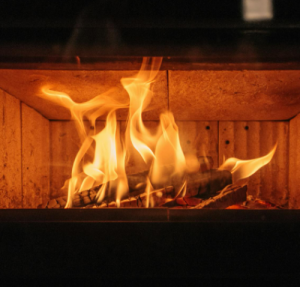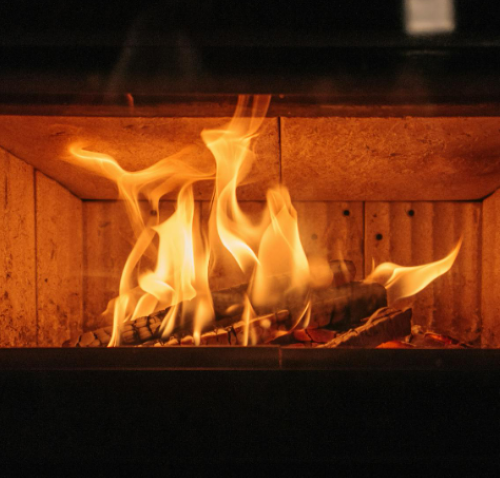Introduction
Refractory materials are essential components in industries that operate at high temperatures, such as metallurgy, glassmaking, cement production, and petrochemicals. These materials are designed to withstand extreme heat, mechanical stress, and chemical corrosion.
Two broad categories of refractory materials are traditional refractory materials and special refractory materials. We are going to compare these two types, highlighting their characteristics, applications, and advantages.

Traditional Refractory Materials
Traditional refractory materials are typically derived from naturally occurring minerals, primarily alumina and silica. They have been used for centuries due to their abundance, affordability, and relatively simple manufacturing processes. The most common traditional refractory materials include:
Related reading: 13 Types of Refractory Materials and Their Applications
1. Clay Bricks
Composed of alumina and silica, clay bricks are one of the oldest refractory materials. They typically contain 30% to 48% alumina and are widely used in blast furnaces, glass kilns, and rotary kilns.
Applications: Clay bricks are often used in the construction of blast furnace linings, cement kilns, and glass furnaces due to their durability and cost-effectiveness.
2. Silica Bricks
Silica bricks contain over 93% silica (SiO₂) and are known for their excellent high-temperature stability. They are primarily used in structures that experience high heat, such as coke ovens and glass furnaces.
Applications: Silica bricks are often used in the walls and vaults of coke ovens and high-temperature kilns due to their resistance to thermal shock.
3. High Alumina Bricks
With more than 48% alumina, high alumina bricks offer superior strength and resistance to chemical corrosion compared to clay bricks. These bricks are widely used in industries that involve molten metals and slags.
Applications: High alumina bricks are commonly found in steel furnaces, electric arc furnace roofs, and other high-temperature environments in the metallurgical industry.
Special Refractory Materials
Special refractory materials are advanced materials designed to meet the unique demands of modern high-temperature industries. They are made from more complex compounds, including high-melting-point oxides and non-oxides, and often exhibit superior performance characteristics such as higher resistance to heat, chemical attack, and mechanical wear. Some of the key types include:
1. Corundum Bricks
Corundum bricks contain over 90% alumina and are primarily composed of corundum (α-Al₂O₃), making them one of the most heat-resistant refractory materials. They are commonly used in extremely high-temperature environments.
Applications: Corundum bricks are used in blast furnaces, hot blast stoves, and refining furnaces, where high thermal resistance and strength are essential.
2. Magnesium Bricks
Made from sintered or fused magnesia, magnesium bricks are an alkaline refractory known for their high melting point and resistance to chemical corrosion, especially from basic slags in steelmaking.
Applications: These bricks are ideal for open-hearth furnaces, electric arc furnaces, and steel ladles.
3. Zirconia Refractories
Zirconia (ZrO₂) refractories are known for their exceptional resistance to heat, chemical corrosion, and thermal shock. They are often used in applications involving molten glass or high-purity metals.
Applications: Zirconia refractories are found in the glass industry, where they help prevent contamination and withstand extreme temperatures in glass furnaces.
4. Silicon Carbide (SiC) Refractories
Silicon carbide refractories are known for their high thermal conductivity, hardness, and resistance to thermal shock and chemical attack. They are ideal for industries that require materials to maintain strength and stability at very high temperatures.
Applications: Silicon carbide refractories are used in furnaces, kilns, and other high-temperature applications that require exceptional wear resistance.
Key Comparisons
1. Thermal Resistance
Traditional refractories like clay and silica bricks perform well in many high-temperature applications but are limited in environments that exceed 1600°C. Special refractories such as corundum, zirconia, and silicon carbide can withstand much higher temperatures, often exceeding 1800°C, making them ideal for more extreme industrial processes.
2. Mechanical Strength and Durability
Special refractory materials generally offer higher mechanical strength and durability under harsh conditions. For example, corundum bricks are more resistant to wear and mechanical stress compared to traditional clay or silica bricks, making them suitable for environments where high mechanical load and abrasion are common.
3. Chemical Resistance
While traditional refractories perform adequately in many chemical environments, special refractories like magnesium and silicon carbide are specifically designed to resist corrosive environments. Magnesium bricks, for instance, are highly resistant to basic slags, while silicon carbide refractories resist both acidic and basic corrosive substances.
4. Thermal Shock Resistance
Special refractories generally have better thermal shock resistance than traditional materials. Silicon carbide, for example, has high thermal conductivity, which helps distribute heat more evenly and prevent cracking under rapid temperature changes, a common issue with traditional clay bricks.
5. Cost and Availability
Traditional refractory materials like clay and silica are more abundant and cost-effective, making them suitable for applications where extreme thermal resistance or chemical durability is not critical. Special refractory materials, while offering superior performance, are often more expensive and may require more complex production processes.
Conclusion
The choice between traditional and special refractory materials depends on the specific requirements of the application. Both categories continue to play a vital role in high-temperature applications across various industries.
Traditional refractory materials such as clay, silica, and high alumina bricks are cost-effective and perform well in many high-temperature environments. However, special refractory materials like corundum, zirconia, and silicon carbide offer superior thermal resistance, chemical durability, and mechanical strength, making them ideal for more demanding industrial processes.
For more information, please check Advanced Refractory Metals (ARM).
